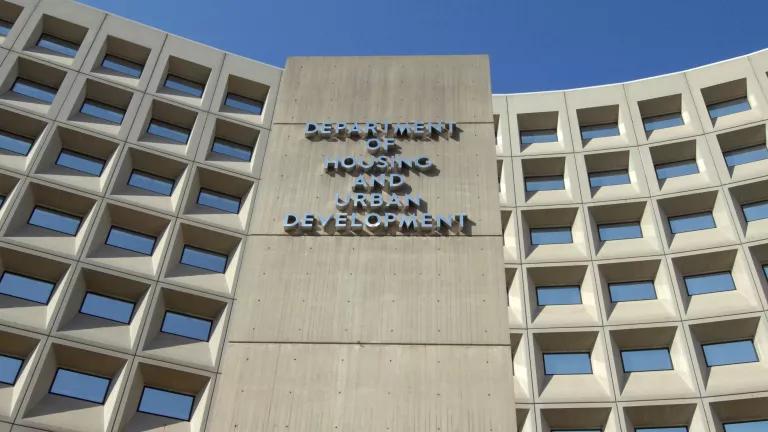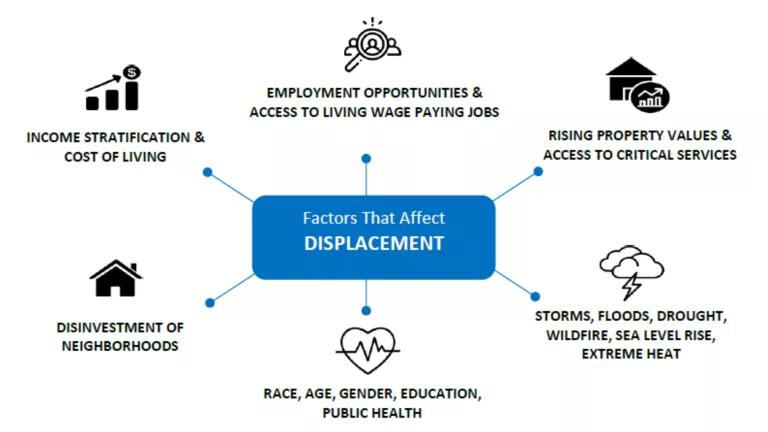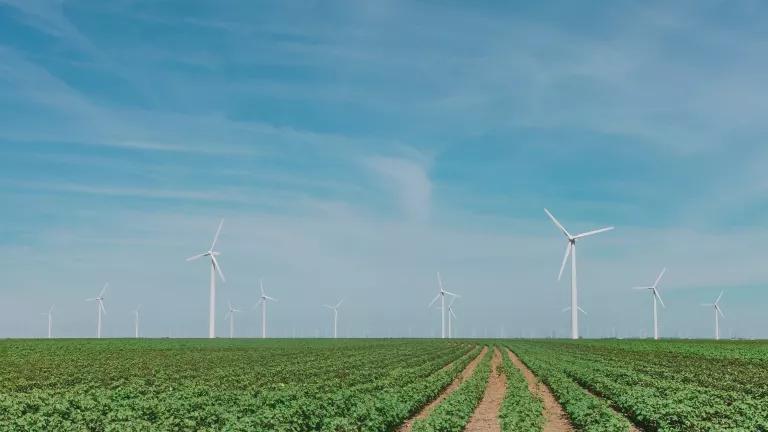Preparing for the Heat: Indian Cities

Guest blog co-authored by: Sayantan Sarkar and Lalli Venkatakrishnan
India is gearing up to face yet another scorching hot summer. In Mumbai, temperatures reaching 41˚C (105.8˚F) were recorded on Saturday, making it the hottest March day in seven years. The Indian Meteorological Department issued warnings of severe, record-breaking heat waves throughout the summer season, lasting from March through May.
Extreme heat puts millions across the country at risk for heat-related illnesses. So far, India’s heat waves have accounted for over 22,000 deaths since 1992, according to the National Disaster Management Authority. To build resilience to extreme heat, NDMA recently convened its annual workshop of key stakeholders, including IMD, leading states and experts, including NRDC and partners Indian Institute of Public Health - Gandhinagar. An exciting development this year is NDMA’s new goal: achieving zero mortality from heat waves in India.
IMD Seasonal Outlook and Forecasts
IMD is pivotal in effective early warning systems for heat waves and heat action plans. IMD provides a 5-day forecast for heat for over 300 cities. As IMD has for the past two consecutive years, it issued a pre-heat season outlook:

IMD’s seasonal outlook forecasts are extremely helpful for lead time that allows communities, states and cities to prepare local plans with medical professionals, emergency ambulance services, and civil society groups, among others. For example, lead time critical pieces to be put into place, such as ice-packs at urban health centers and door-to-door education in some communities.
IMD recently improved the definition for heat waves and provided temperature triggers for different geographical regions. According to the new definition – a heat wave condition takes place if the temperature is more than 40˚C in plains, 37˚C in coastal regions, and 30˚C in hilly areas. IMD with city partners and groups, such as NRDC and IIPHG, is also working to support the development of local heat thresholds for key cities. The locally-based thresholds improve response and coordination for the early warning systems, especially to protect local communities.
NDMA Stepped-Up Efforts
This year’s workshop, organized by NDMA, in Vijayawada, Andhra Pradesh, highlighted states’ heat preparedness efforts and facilitated the exchange of knowledge on heat stress prevention. NDMA is leading efforts to increase heat wave awareness and heat stress prevention efforts across the country with a stepped-up effort over the past few years, as discussed at the recent workshop. Based on these efforts, heat wave awareness has increased in India over the last two years.
States are now significantly better equipped to deal with severe heat waves. Key states are taking action to help reduce the number of deaths caused by heat waves. Working with state leaders, NDMA is aiming to inspire innovative action that improves on state and local preparedness efforts from last summer.
NDMA encourages states across India to develop their own heat action plans to combat heat waves. Through these plans, governments, health officials, and communities promote simple and practical actions, such as drinking water and avoiding the sun that will save lives. NRDC and IIPH-G have worked with partners since 2013 to develop the first state heat action plan in Ahmedabad and to scale to several cities and states. A key element of many states’ response strategies has been enhanced health risk communications on the impact of heat waves and how citizens can take simple steps to reduce their exposure and protect their health.
The NDMA, IMD, and state governments are critical in drafting and implementing heat action plans. In 2016, recognizing the threat heat waves pose, the NDMA issued a notification to all 17 heat prone states to develop their own HAPs based on Ahmedabad’s heat action plan—the first one in the country. It also issued specific guidelines for states on developing heat action plans.
Highlighted State Action
Indian states are working to reduce both mortality and morbidity caused by heat related illness that were featured during the workshop this year. A key element of many states’ response strategy has been enhanced health risk communications on the impact of heat waves and how citizens can take simple steps to reduce their exposure and protect their health. Though all states are making significant strides in tackling heat waves, actions by some stand out – especially the most heat affected states: Andhra Pradesh, Telangana and Odisha.
Andhra Pradesh registered a staggering number of deaths totaling 1369 in 2015. In 2017, this number dropped to just above 200 deaths. Andhra Pradesh has strong inter-agency coordination across multiple departments including: medical and health departments, labor and employment, transport office, municipalities and block level departments. Andhra Pradesh has also set up 1168 stations – approximately one for every hundred square kilometers – for weather forecasting and modelling. It has developed a mobile app to disseminate information about heat waves and advice on precautionary steps; the app is available in English and Telugu. The state also announced a relief of Rs.50,000/$800 for each heat stress related death in the state. To ensure fair distribution of relief, the state has appointed a fact-finding body to verify each death.
Telangana developed one of the first state-wide heat action plans in 2016. The state is now integrating the heat action plan with its action plan on climate change. The Telangana plan focuses on training district officials and health staff.
Odisha has declared heat waves as a state specific disaster. It is developing local thresholds and analyzing vulnerability of communities in different parts of the state. Odisha’s activities focus on awareness raising, capacity building and training of healthcare staff, interagency coordination, and enabling provision of water for vulnerable communities.
Looking Ahead
NDMA’s vision of achieving zero mortality from heat waves is challenging, but not impossible. NDMA’s goals and efforts have certainly led to stronger activities to protect communities across India. As temperatures continue to rise this heat season, NDMA, IMD, many states, and partners are stepping up to build resilience to extreme heat and climate change. This ongoing research and intensive outreach regarding the importance of heat adaptation has the potential to save lives from the increasingly severe effects of climate change.

Sayantan Sarkar is a climate change specialist working with NRDC as a consultant in New Delhi.

Lalli Venkatakrishnan is a fellow with NRDC's India Program in San Francisco.



